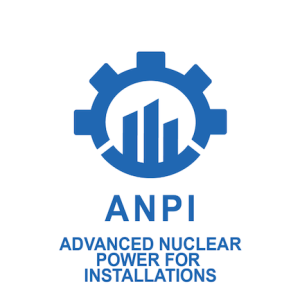Italy’s Ansaldo Nucleare said on 8 February that it has won a €21 million ($24m) contract for the management of multidisciplinary technical managerial support services aimed at implementing the Divertor Tokamak Test (DTT) Facility. Ansaldo Nucleare is part of Ansaldo Energia Group, 88% owned by Cassa Depositi e Prestiti.
The agreement provides for technical-managerial implementation support related to activities of Architectural Engineer, Specialized Engineering and Project Management, Supervision of Works and assistance in construction and commissioning. The contract has a duration of four years, extendable by other four. Ansaldo Nucleare this is “a great opportunity to develop further skills and experience in the design of fusion machines, opening new opportunities in the short and medium term at a European level.”
The DTT is the Tokamak machine, with an estimated cost of around €600 million, which ENEA and ENI plan to build in Frascati over the next seven years, with mainly national funding (10% provided by the EU). The project aims to create a divertor capable of expelling energy – mostly heat – and the products of nuclear fusion that are generated inside the tokamak. “It is a very flexible machine in operational scenarios and represents an outstanding progress, in terms of performance, compared with current machines conceived over 40 years ago,” Ansaldo said.
The mission of the DTT is to qualify the divertor prototypes for DEMO (the nuclear fusion demonstration machine that will follow ITER), but its exercise will also allow development of new generations of scientists who can work on ITER and DEMO later.
"The signing of this contract fills us with pride because in the roadmap to nuclear fusion Ansaldo Nucleare further consolidates its position as leader in the Italian industrial chain, which has already started thanks to the years-long collaboration in the main fusion programmes, ITER in particular,” said Ansaldo Nucleare CEO Luca Manuelli.
The Divertor Tokamak test structure will be 10 metres high with a radius of 5 metres. It will confine 33 cubic metres of plasma at a temperature of 100 million degrees with a current intensity of 6 million amperes: and with a thermal load on materials of up to 20 million Watts per square metre.






